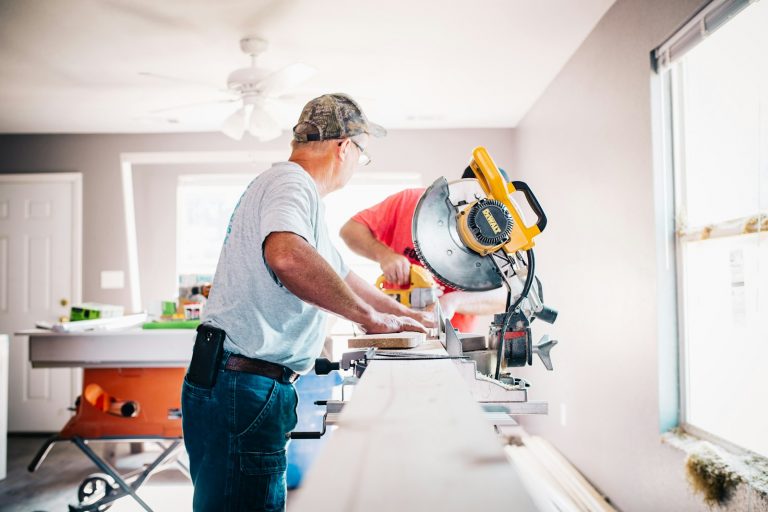Remodeling is the ideal way to give your home a fresh new look, but renovations can be expensive if you don’t plan correctly. Fixing up parts of your house on a budget may seem like a daunting task, but with the right strategies, you can save thousands of dollars.
To assist you, we’ve provided seven valuable tips to transform your living space all while keeping costs down. We provide details on how to plan and budget and get items you need at lower prices. With these strategies, you can create your dream home, all while keeping your finances intact.
1. Plan and Set a Budget
One of the worst mistakes you can make is to start renovating without a clear plan or budget. Without a plan, you’ll end up spending more than you anticipated on items you may not need.
The first step is to inspect your home and record any damages or areas that need special attention. Work on fixing these problems first before working on the aesthetics of your home. Then, make a list of everything you’ll need for your projects, like paint or building materials.
Use graphs or spreadsheets to record your planning on what you want to work on first in every room. Include costs on labor, plans, and each item you need. If you plan to do some renovations yourself, consider which tools and machines you’ll need for the job and how much they’ll cost.
With the right budget and planning, you can avoid spending unnecessarily, and you’ll get the materials you actually need for your project.
2. Shop Around for Cost Effective Items
Building materials, fixtures, and tools can be expensive. When you shop for the items you need, don’t settle on the first product you see. Consider shopping around to see if you can find similar materials or products from other shops.
Additionally, think about buying remnants of tiles, natural stone, or any other material because they’re cheaper than purchasing new items. Another way to find the materials you need is by attending an estate sale. You can find all sorts of interesting materials at these sales, such as Victorian lamps, antique furniture, and chandeliers.
3. Sell Off Old Items in Your Home
Many homeowners make the mistake of throwing out their old building materials, such as tiles, fixtures, or furniture. What you consider junk could be another man’s treasure, so consider reselling them. List your items on Facebook Marketplace or have a garage sale to sell the items you no longer want.
Use the money you’ve accumulated to buy the materials and items you need to complete your remodelling project.
4. Consider Reusing or Refurbishing Items
If you don’t want to sell certain items in your home, like artwork, tables, or cabinets, because of sentimental reasons, then you should refurbish them instead. For example, an old wooden floor simply needs to be sanded and retreated to make it look as good as new.
Kitchen cabinets can also be repainted to give your kitchen a brand-new aesthetic. Instead of throwing away your old couch, you can reupholster it with new fabric. There’s also the trend of using chalk paint to turn wooden furniture or accents into works of art.
5. Install Smart Home Features
You can save money on utilities and security and create a sustainable environment if you install smart features in your home. Smart devices may be expensive in the beginning, but long term, they will save on electricity and ensure the safety of your home by automating certain tasks.
For instance, you can automate lights, thermostats, and other electronics to turn off at certain times so you can save on your electricity bill each month.
6. Think Long Term
Although it’s tempting to buy cheap items, they may break over time, which will cost you more money to fix in the long run. Make sure that you buy renovation materials that will last. Look for the best security system for home use that’s budget-friendly so that you can keep tabs on your property and alert authorities in case of emergencies.
7. Get Quotes from Contractors
If you don’t have the experience or the know-how to complete your remodelling tasks yourself, then you’ll need to find a contractor to assist you. Don’t settle on the first contractor you see. Instead, get quotes from multiple companies and choose the one that is the most budget-friendly.
Final Thoughts
Remodelling your home doesn’t have to be expensive. All you need is the right planning and strategies. Consider the tips in this guide so you can finally create the home you’ve always wanted all while saving money.

0 Comments